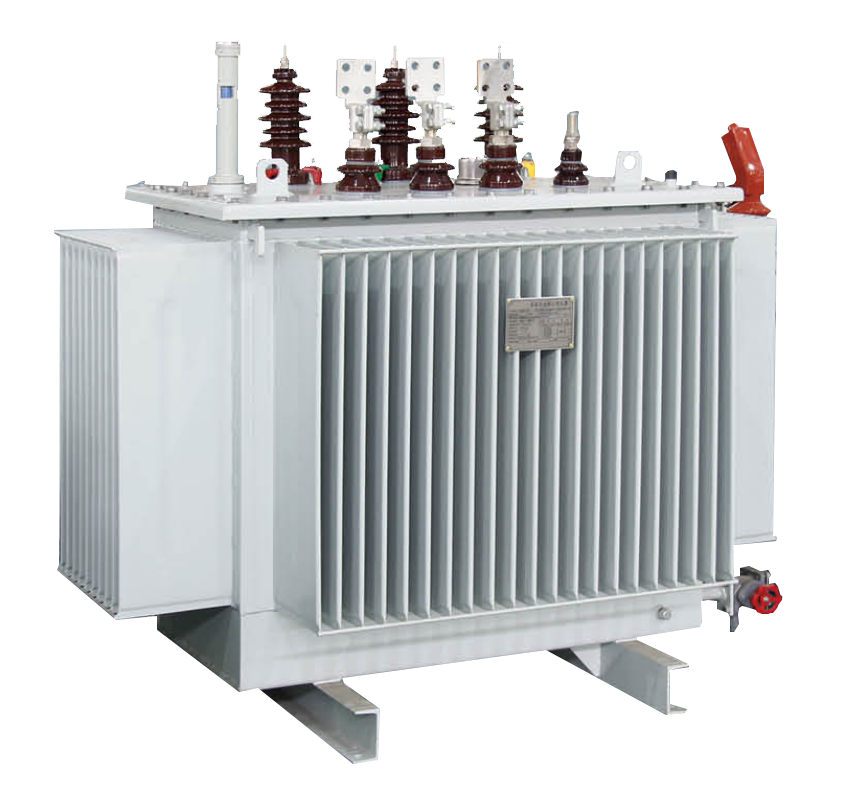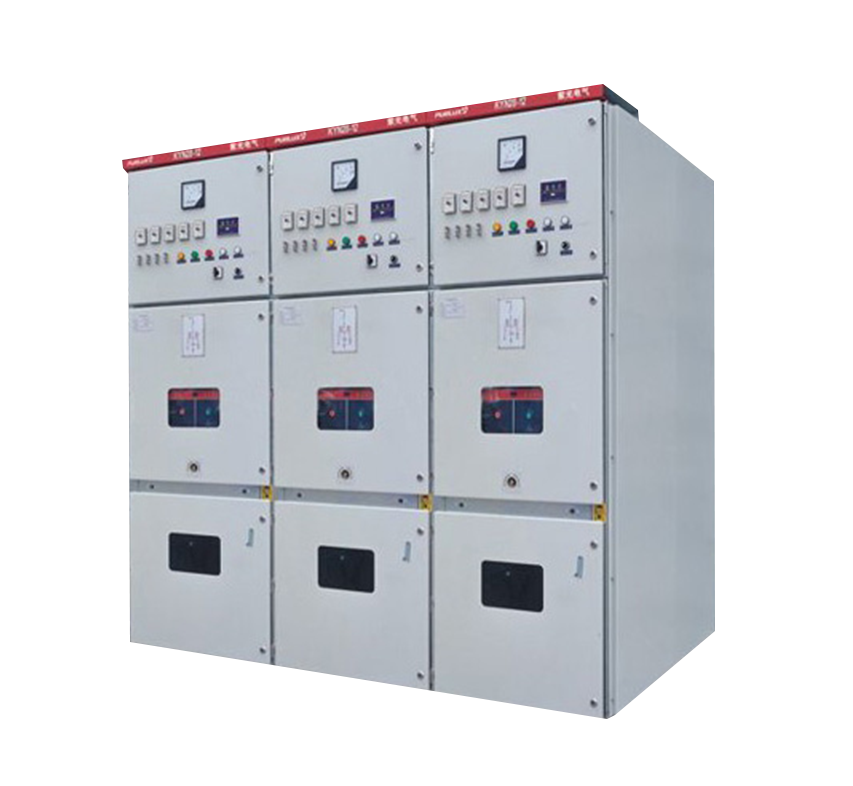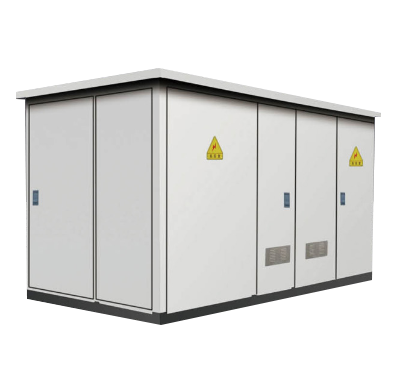What is the difference between a two-winding transformer and a three-winding transformer?
1. Three-phase transformer, compared with single-phase or multi-phase transformer. Three-phase transformer is the most economical as a power transmission equipment. Because the three-phase coil can share a core (ignoring the advantages of other generators, receivers, etc.). Three coils form a transformer, and the material utilization rate is high. Of course, in extra-large transformers, due to transportation reasons, three single-phase transformers are also used to form a three-phase group transformer. Multi-phase transformers are often used in rectifier transformers to increase the number of rectifier phases and improve rectification quality and efficiency.
2. Usually two-coil transformers, such as distribution transformers, ordinary power transformers, etc. When a substation (in many cases, a step-down substation or an intermediate substation) is responsible for transmitting electric energy on the one hand, and on the other hand, it has to solve local electricity consumption. Then a three-coil transformer will be used. High voltage input, low voltage has two outputs. For low voltage, to solve local electricity consumption, the power supply radius can be small, so 35kV or 10kV is used. The structure is often half capacity (of course there are full capacity). And for long-distance transmission, such as 110 or 220kV voltage is used. Capacity is often full capacity (100%).
3. There is also a split transformer, which also has two sets of outputs.
More news
Subscription Information
We will send you real-time information regularly!

Optical storage charging solution supplier
Cangzhou Huarui Transformer Co., Ltd.
Address: Xinxing Town Industrial Zone, Qing County, Cangzhou, Hebei

COOKIES
Our website uses cookies and similar technologies to personalize the advertising shown to you and to help you get the best experience on our website. For more information, see our Privacy & Cookie Policy
COOKIES
Our website uses cookies and similar technologies to personalize the advertising shown to you and to help you get the best experience on our website. For more information, see our Privacy & Cookie Policy
These cookies are necessary for basic functions such as payment. Standard cookies cannot be turned off and do not store any of your information.
These cookies collect information, such as how many people are using our site or which pages are popular, to help us improve the customer experience. Turning these cookies off will mean we can't collect information to improve your experience.
These cookies enable the website to provide enhanced functionality and personalization. They may be set by us or by third-party providers whose services we have added to our pages. If you do not allow these cookies, some or all of these services may not function properly.
These cookies help us understand what you are interested in so that we can show you relevant advertising on other websites. Turning these cookies off will mean we are unable to show you any personalized advertising.
All rights reserved©2024 Cangzhou Huarui Transformer Co., Ltd.
Powe : www.300.cn License city substation







